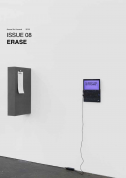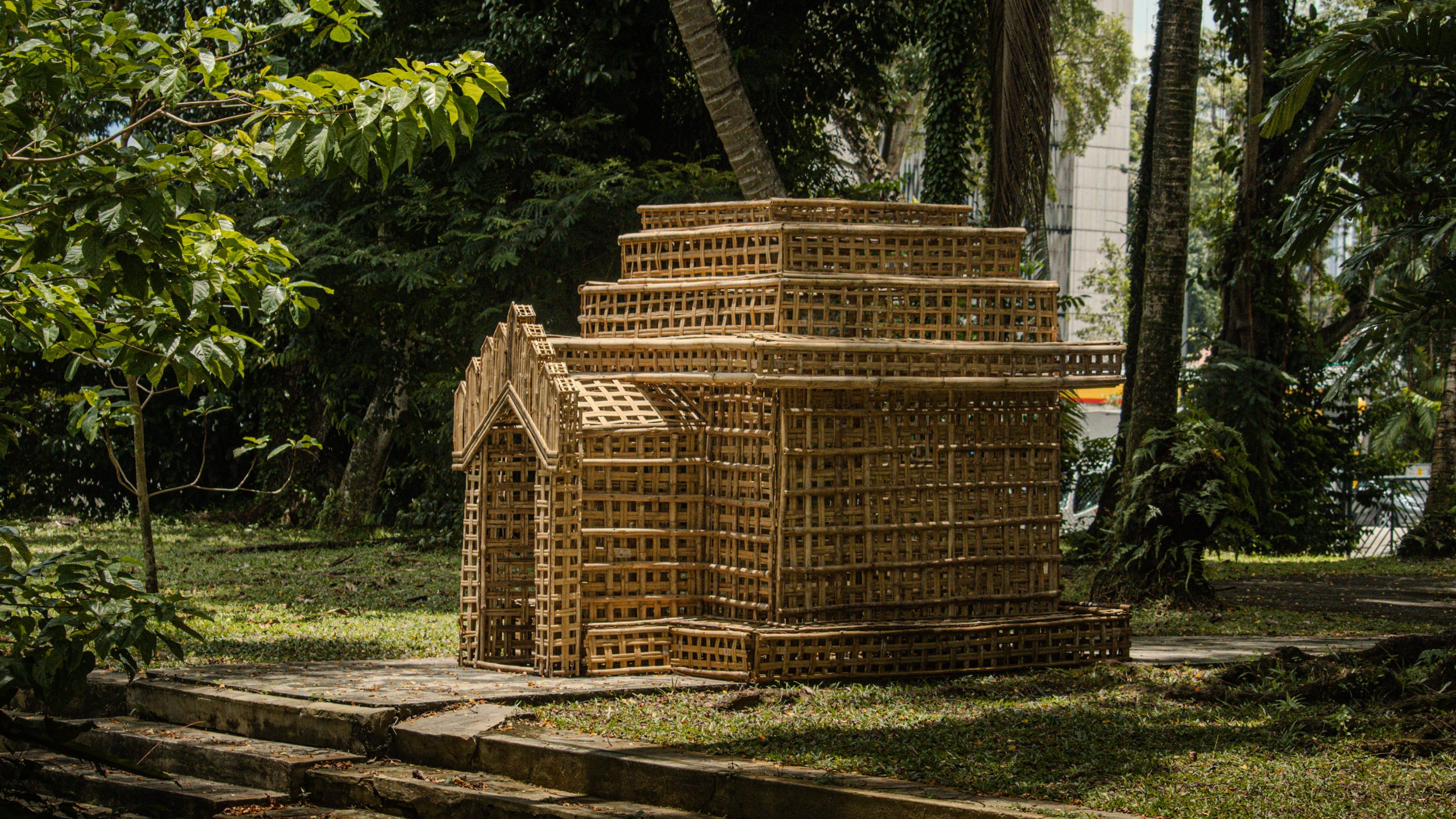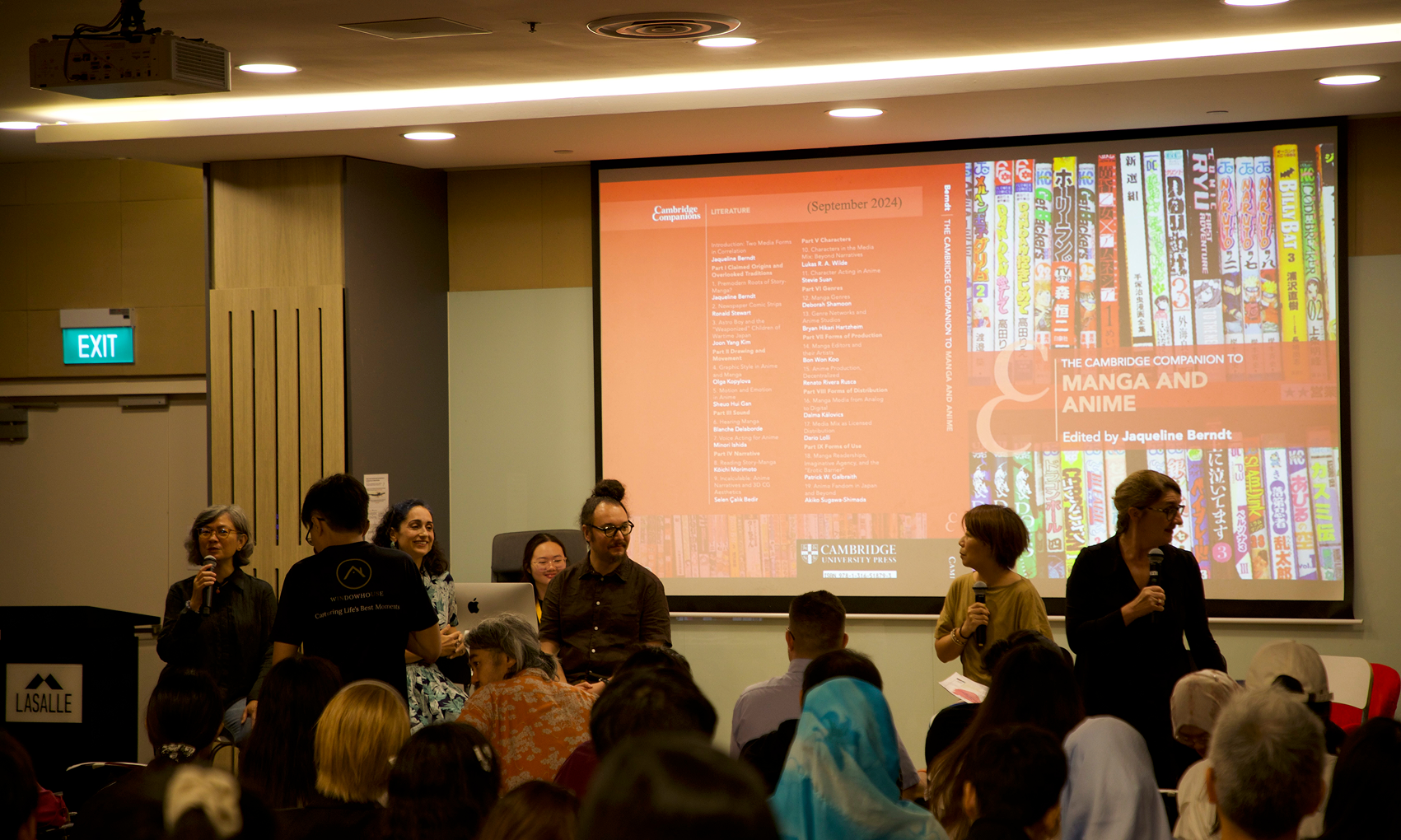Journal and book publications
Global Actor Training: Physicality, Digitality, and Sustainability in the Asian Conservatoire
This paper argues that the interconnection between physicality, digitality, and sustainability can be considered as a general parameter in the training of global actors. The argument considers this interconnection in relation to 21st-century globalization, the fourth industrial revolution, digital applications, China’s belt and road initiatives, and impending ecological crises. Specifically, the presentation explores the vision for training global actors as it is put into practice at the School of Dance and Theatre of LASALLE College of the Arts in Singapore. After providing a contextual introduction to the argument, the presentation pivots from specific examples of our approach to actor and performer training. The presentation concludes by highlighting four characteristics of a global approach to actor training: (1) the increasing need of a transcultural ethos to theatre and performance making globally; (2) the impact that the fourth industrial revolution and digital technologies will have in actor training; (3) the importance of aligning curriculum planning with ecological sustainability; and (4) the importance of reconsidering what an Asian conservatoire can be in such landscape and in relation to China’s belt and road initiatives.
Citation:
Cervera, Felipe. ''Global Actor Training: Physicality, Digitality, and Sustainability in the Asian Conservatoire.'' Proceedings of Asia Theatre Education Centre Conference, Beijing, China 05/2019, Asia Theatre Education Centre, 2020, pp. 155-177.
Issue 08: Erase
ISSUE is an international peer-reviewed art journal focused on exploring issues in contemporary art and culture. This annual publication is an inter- and trans-disciplinary journal that carries a curated set of scholarly articles, essays, interviews and exhibitions on disciplines ranging from contemporary art, design, film, media, performance and cultures. The eighth volume of ISSUE is themed, Erase. The concept of ‘erase’ has informed much of 20th-century art, philosophy and cultures through either a palimpsestic re-writing/re-reading of issues, confrontation through the ideology of war or through forgetting. These practices speak directly to identity formation, cultural/self-representation and the manner in which the future is factualized. These perspectives form the basis of the current ISSUE. Looking through the prism of art, politics, power, philosophy, and reality-visual culture and ideas, these curated essays, interview and exhibition, consider the manner in which the notion to easily erase or delete can be seen to relativise our understanding of contemporary society. Moreover, they provide an avenue to the reader to consider the emergence of new cultural myths and forms and how these may manifest in contemporary art and visual culture.
Citation:
Purushothaman, Venka, Author & Editor. Issue 08: Erase, Lasalle College of the Arts, 2019.
Erasure and Abstraction – An Artistic Process

The paper looks at erasure and abstraction as forms of phenomenological trace in the art works and processes of artists, filmmakers and composers. It begins with Lady Macbeth’s guilt, manifested in the imaginary washing of recurring blood spots, exemplifying the act of erasure and memory within the psychological self. This is followed by the comparison and analyses of a range of interdisciplinary art works by Idris Khan, Alvin Lucier, Brice Marden, Cy Twombly, Wim Wenders, Yayoi Kusama and Qiu Zhijie, revealing how they manipulate source materials, through acts of removal and corrections, or by methods of intense layering to convey disruptions. The paper proposes erasure as an impossible act of forgetting, but rather one that conceals and reveals directionally complex visual and sonic information within a range of material constructs.
Citation:
Woo, Ian. “Erasure and Abstraction - An Artistic Process.” Issue 08: Erase, Lasalle College of the Arts, 2019, pp. 35-45.
Kader Attia’s Museum of Emotion Hayward Gallery, London, 2019
This paper comprises a review of The Museum of Emotion, an exhibition of works by the French-Algerian artist, Kader Attia, which was held at the Hayward Gallery, London, February–May 2019. The show charted Attia’s interdisciplinary practice from the past two decades, which has dealt broadly with transnational histories of colonialism, violence, oppression and dispossession. As the Museum of Emotion demonstrated, in Attia’s works these histories are not confined to the past. Instead, they continue to resonate through scars and wounds that in their visibility come to denote the simultaneous absence and presence of the violence of their origination. By focusing on one room within this exhibition, this paper draws analogies between the paradoxical status of the scar in Attia’s work and Jacques Derrida’s notion of writing “under erasure.” In doing so, I outline Attia’s exploration of the potentials and limitations of ‘representation’ and its fraught relationship with lived experience. As I argue, by placing his images “under erasure”, Attia performs a double gesture in recognising the inadequacy of representation for those still living with the legacies of colonialism, whilst still maintaining its fundamental promise to offer what Judith Butler calls the possibility of a “livable life”.
Citation:
Veal, Clare. “Under erasure: Kader Attia's museum of emotion Hayward Gallery, London, 2019.” Issue 08: Erase, Lasalle College of the Arts, 2019, pp. 59-67.








